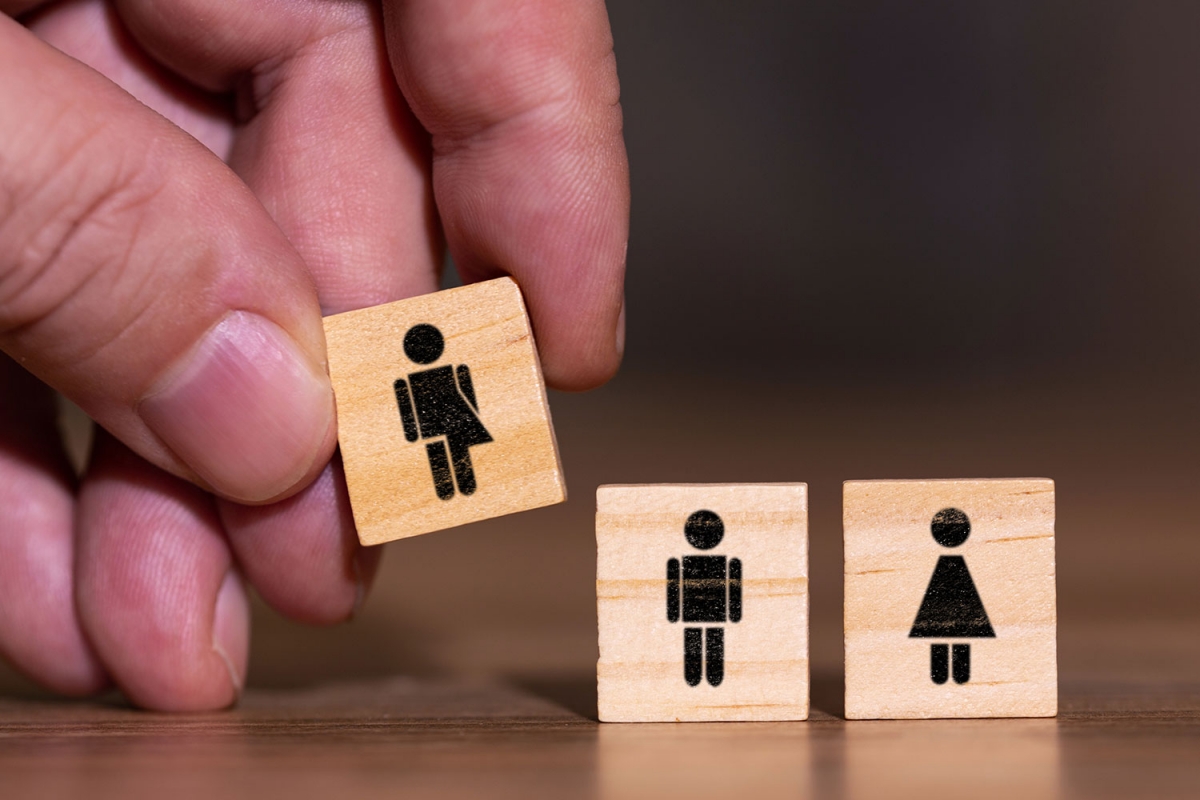WHAT IS GENDER?
When we talk about gender, we first need to clarify what we mean by that definition:
- Gender IS NOT the same as sex, which defines the biological characteristics of men and women.
- Gender IS a socially constructed definition of men and women, so sex is something we are born with and gender is something we learn. Gender is the social meaning of sexual differences.
- Gender roles are often determined by culture and both men and women are taught appropriate norms and behaviours, which reflect society and relationships, and which have been built over thousands of years.
- These roles have often been legitimised by laws. More than 150 countries have at least one law that discriminates against women.
- For an individual, gender is experienced as identity (an inner and deeply rooted sense of self) and also as "expression" (how this individual shows his/her gender in the world and how society, culture, community and family perceive, interact with and try to shape our gender).
Agenda 2030 and gender inequalities
One of the global challenges facing Agenda 2030 for sustainable development is the fight against gender inequality, which is considered to be a cross-cutting issue across the Agenda, and to which Goal 5 is specifically dedicated; this Goal states that it is important to “achieve gender equality and empower all women and girls” by putting an end to all forms of discrimination against all women and girls everywhere.
Agenda 2030 is clear: development will only be sustainable if its benefits involve both men and women; women's rights will only become a reality if they are part of broader efforts to protect the planet and ensure that all people can live with dignity and respect.
Gender inequalities manifest themselves in every dimension of sustainable development. Still today:
- Globally, there are 122 women aged 25 to 34 living in extreme poverty for every 100 men of the same age group.
- Up to 30% of income inequalities are due to inequalities within families, between men and women. Women are subject more than men to living below 50% of average income
- In 18 countries, husbands can legally prevent their wives from working; in 39 countries female daughters do not have the same inheritance rights as male children; in 49 countries there are no laws protecting women from domestic violence.
- Climate change has a disproportionate impact on women and children, who are 14 times more likely than men to die in a disaster.
